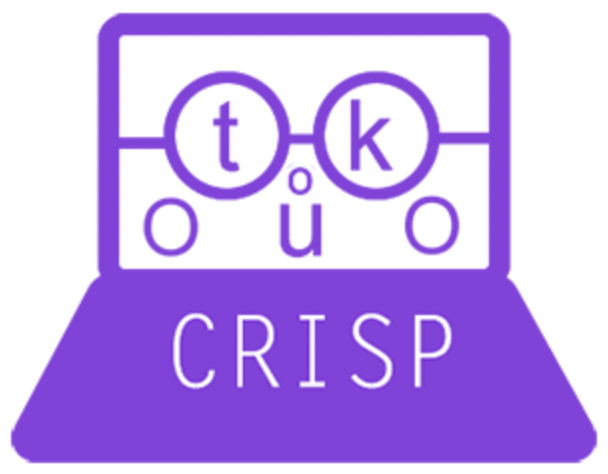TKU GUIDE FOR EMPLOYERS
Recommended Best Practices for Meetings & Communication
- Define corporate speech, special jargon, and domain-specific acronyms. These terms should be documented clearly for ongoing reference.
- Specificity and clarity are key: be prepared to provide the Who, What, When, Where, How for all the employees’ questions and tasks.
- If the employee will send external emails, provide email templates for representing the company and a company culture overview.
- Give real-time and explicit feedback. Concrete examples are helpful.
- Manager Map: Every meeting should have an agenda, and there should be a designated note-taker in every meeting who will share their notes after every meeting. The note taker does not need to be the same for every meeting. Meetings should answer the questions:
- Why: How does this fit into the company and the intern’s role?
- When: When is it due? Everyone should have clear rules about what they should/could contribute to the meetings. When feasible, allow flexibility for each team member to pick their part in projects based on skills. Leaving time for questions and to check for understanding should be built into meetings.
Accommodations & Support
If your employee discloses neurodiversity or a disability to you, be mindful of potential sensitivity to discussing their neurodiversity and accommodations. Only share those details with others on a need-to-know basis, and notify the employee first who else you will need to share that information with to provide requested accommodations. Be prepared to make sensory accommodations such as lighting or noise reduction, as needed. If the worksite has an Employee Resource Group dedicated to neurodiversity, introduce the employee to a leader from that group.
Orientation
Every employee should receive an introduction to their physical and/or virtual space. This might mean scheduling a time before the start date for the intern to visit the worksite and their desk/work areas (this can also be in the form of a video or video call), and setting aside time to review the email they will be using and email addresses they should be familiar with (supervisors, team members, etc.).
Communicating Project Expectations
It is important to break down what exactly you need from employees on projects and assignments, and regularly check for understanding. What are the priorities? What does successful work look like? What is the intent and audience of the assignment? Be transparent and open about the work the employee is doing. Previous work from other employees or interns that your new employee can use as a reference will also help.
When introducing new concepts:
- Try to use literal language
- Provide context
- Offer easy-to-follow explanations.
Resources:
Examples of workplace resources
Info about Neurodiversity
Video definition of neurodiversity | Autistic Advocacy Network
Glossary
ADA – The Americans with Disabilities Act “prohibits discrimination and guarantees that people with disabilities have the same opportunities as everyone else to participate in the mainstream of American life” – ada.gov
Accommodation – A change that removes a barrier to learning or getting work done
Disclosure – “The act of revealing personal information about a disability for the specific purpose of receiving accommodations.” – ldaamerica.org
Neurodiversity – “Neurocognitive differences such as autism, attention deficit hyperactivity disorder (ADHD), dyslexia, Tourette’s syndrome, anxiety, obsessive-compulsive disorder, depression, intellectual disability and schizophrenia” – autisticadvocacy.org
